At CWT, we take care of your Medical Waste management needs.
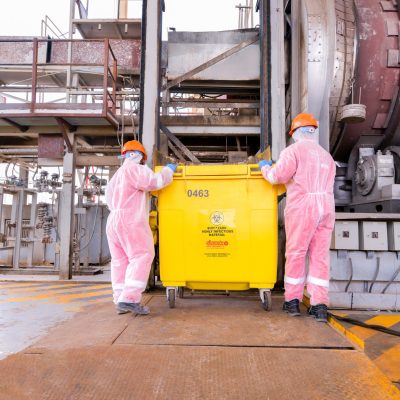
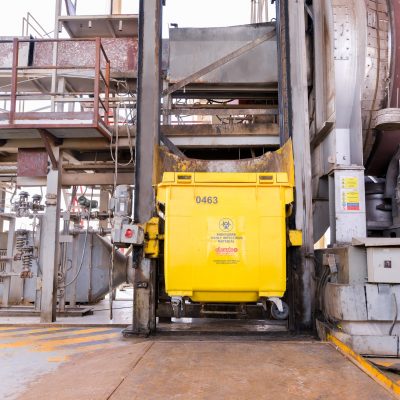

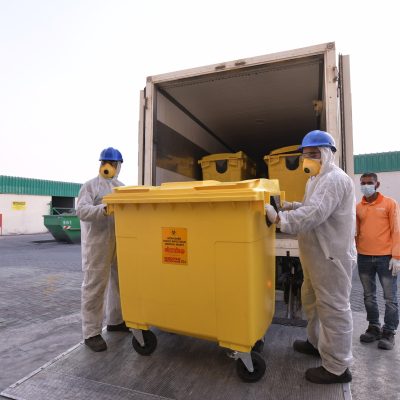
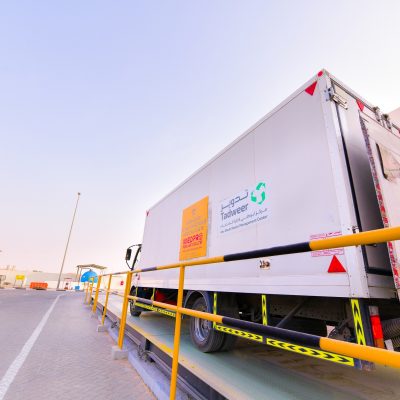
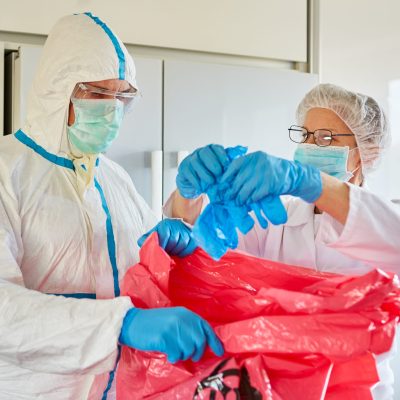
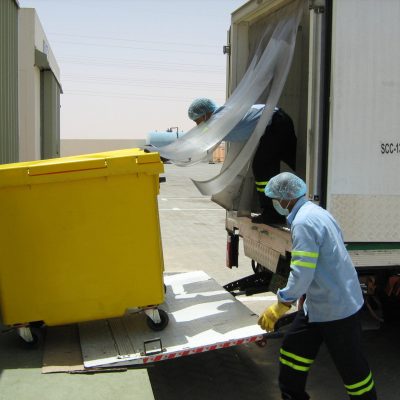
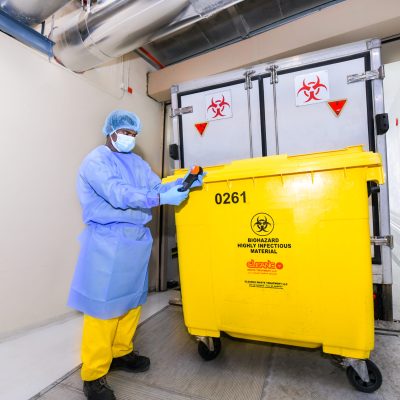
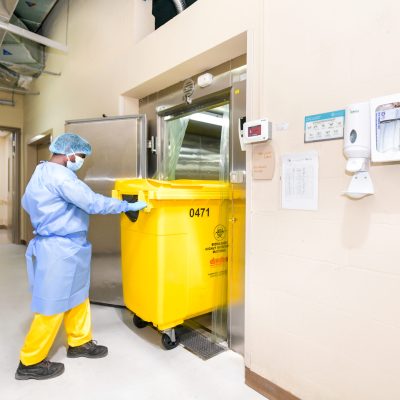
Medical waste, despite being only a small fraction of municipal solid waste, requires special care to avoid, or decrease, environmental impacts, due to their biological, chemical, and physical characteristics. Medical waste refers to any wastes made in whole or part of human tissue, animal tissue, blood or other body liquids, secretions, drugs or other pharmaceutical products, bandages, syringes, needles or other medical sharp objects, or any other wastes whether contagious chemical or radioactive produced by medical activities.
Medical Waste means hazardous waste resulting from medical, nursing, dental, pharmaceutical including expired medicines or other related clinical activity, being waste that has the potential to cause injury, infection or offence. A full classification for Medical Waste can be found in Table 2.1 of the Cabinet Resolution No. 37 of 2001 regarding the Federal Law No. 24 of 1999. Regulations for Hazardous Materials, Hazardous Waste and Medical Waste including Bio-Hazardous waste but excluding Radio-active Medical Waste.
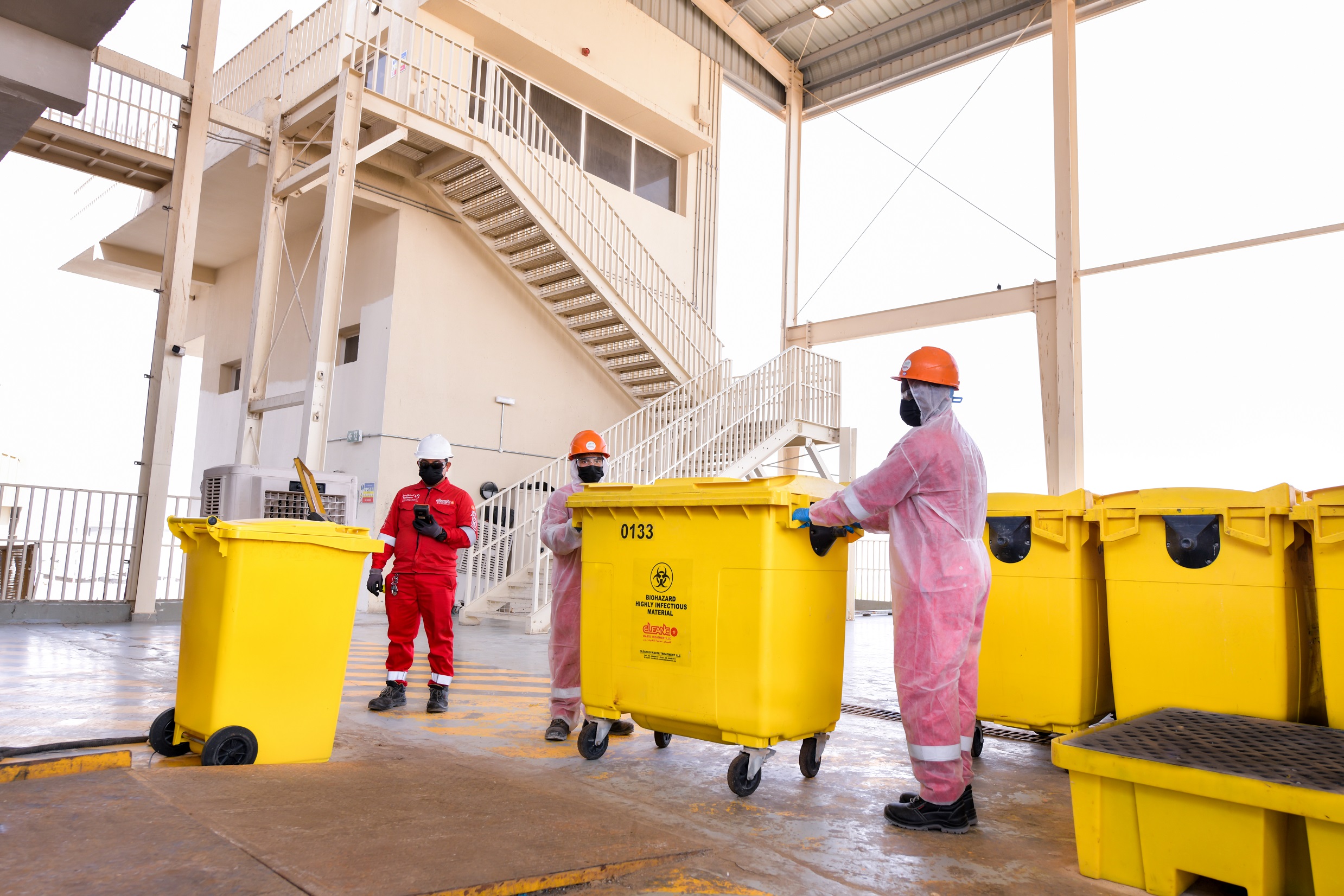
Medical waste from healthcare facilities is a cause of great concern owing to its potential hazard to human health and the environment. The DOH classifies medical waste in the following manner:
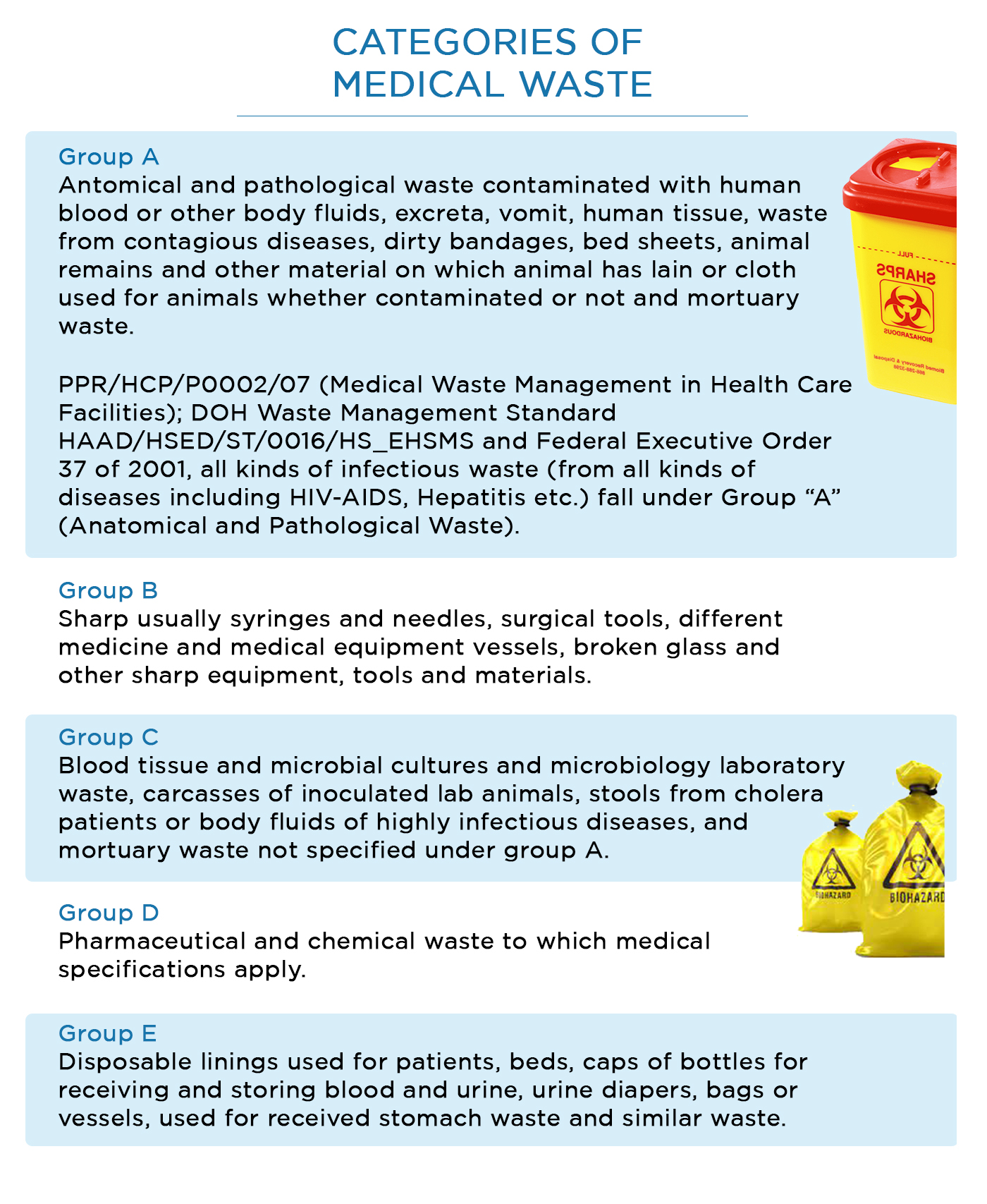
Medical wastes require careful disposal and containment before collection and transport for off-site disposal. These measures are designed to protect the workers who generate medical wastes and who manage the wastes from point of generation to disposal. Healthcare facilities (HCFs) are required to dispose of medical wastes regularly to avoid accumulation. Medical wastes requiring storage should be kept in labeled, leak-proof, puncture-resistant containers under conditions that minimize or prevent foul odors. The storage area shall be kept cold at temperatures in the range of 5°C to 8°C as per applicable standards and norms. The cold storage area shall have impermeable surface flooring and should be well ventilated and inaccessible to pests with restricted access to the premise. Generators are required to be in compliance with the respective stipulations in regards to the handling of Medical Waste:






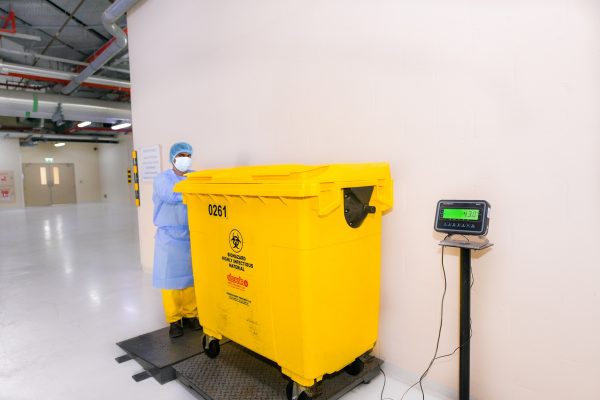
The following services are offered as part of the scope of work of CWT :
Compliance with requirements for records and reporting, and standards and procedures.
The following services are offered as part of the scope of work of CWT :
Compliance with requirements for records and reporting, and standards and procedures.
The United Arab Emirates (UAE) has signed six milestone international conventions with regard to environmental management of which the Basel Convention (regulating the transboundary movement of hazardous waste) was sanctioned on the 17th of November 1992. Further, the UAE devised Local Law No. (21) of 2005 and the Federal Law No. (24) of 1999 for waste management and the protection and development of the environment wherein specified clauses within these laws and regulations are applicable to the management of medical waste in the UAE. The local and federal directives present the responsibilities of all concerned parties and specific, the responsibilities of Environmental Service Providers (ESPs).
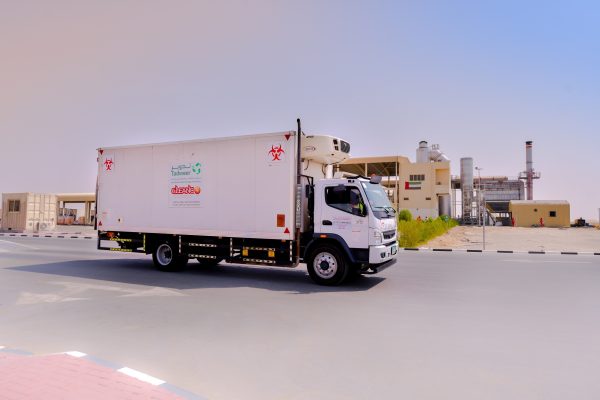

The rules and regulations governing the generators and transporters of medical waste; in addition to those governing the treatment, storage, and disposal (TSD) facilities are further provided in the specified laws:
The rules and regulations governing the generators and transporters of medical waste; in addition to those governing the treatment, storage, and disposal (TSD) facilities are further provided in the specified laws:
The UAE adopts medical waste management practices that are based on international standards. The medical waste management practices are subject to the regulations for handling hazardous materials, hazardous wastes, and medical wastes in the UAE following the directions of the United Nations (UN). The standards dictate the licensing procedures and permit requirements as well as hazardous material containerization, packing, collection, and off-site transport requirements. The rules and regulations further stipulate the requirements for the treatment, storage, and disposal of medical waste in the UAE. Medical waste manifests, and the records and reporting to be followed in the UAE, are provided in the documentation available for the handlers of toxic and hazardous waste. Furthermore, the document details the emission and discharge standards to be adopted in the UAE, in addition to outlining the permissible and non-permissible medical waste treatment and disposal operations in the UAE.
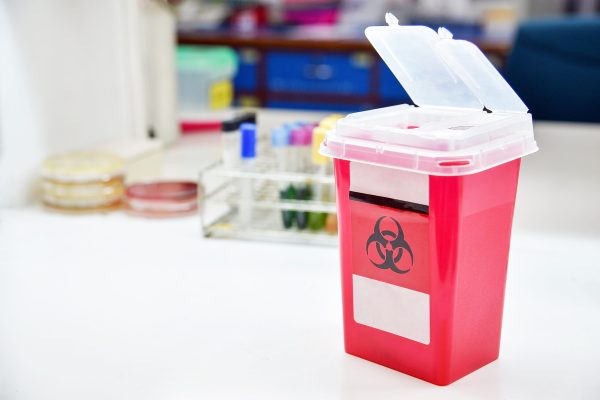
Get in your inbox the latest news.